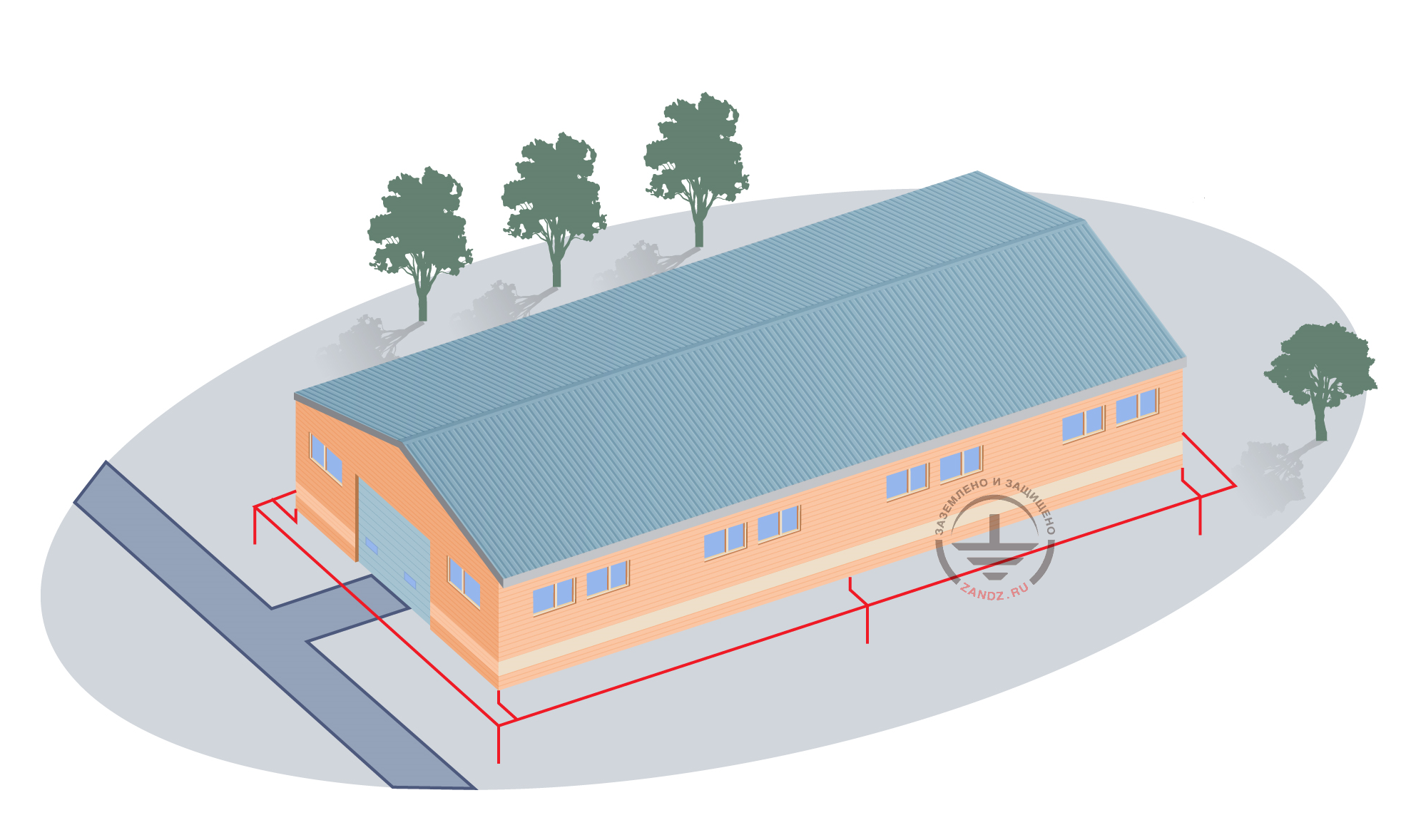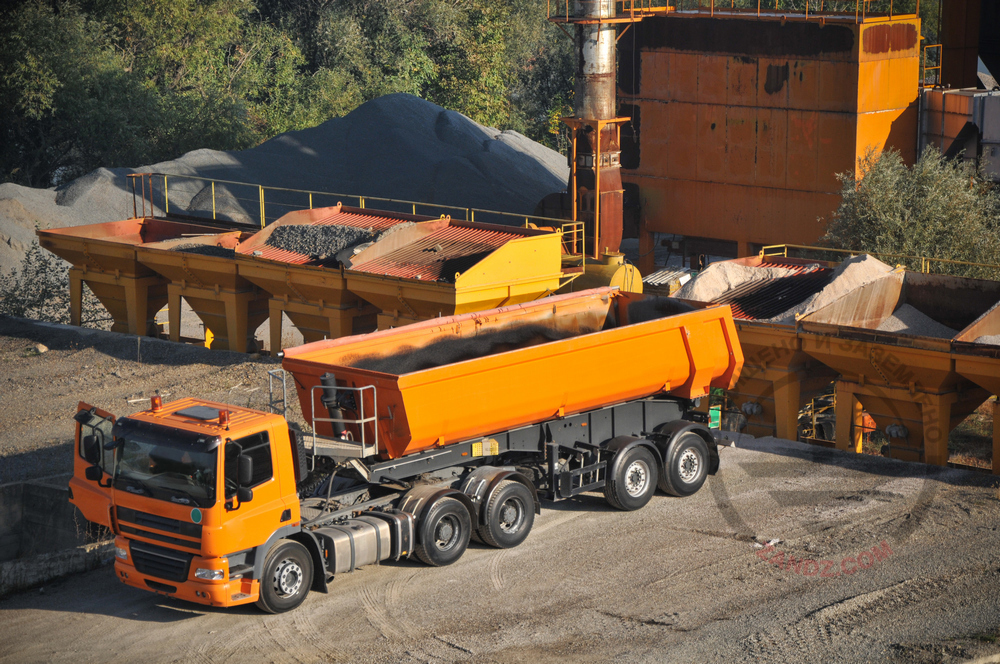Development of the project of grounding and lightning protection is an important step in the construction and reconstruction of buildings. Designers perform a number of studies of natural conditions of the construction area, on which the technical and economic aspects of the project depend. Such studies are called exploratory diggings. Let's find out in more detail what works are carried out prior to the calculation of grounding and how necessary it is?

First of all, exploratory diggings are the studies aimed at the assessment of the climatic and geological parameters of the object area. Their main task is to collect information about climate, soil, chemical composition of rocks and development of the technical report for the studied object. They include two parts: technical - study of natural conditions and economic - budgeting with the cost of possible works. Engineering and exploratory works for grounding and lightning protection can include several types of works.
- Geotechnical survey is an examination of soil via sound procedure. This method allows to divide soil into separate layers and define its certain mechanical characteristics: soil composition, electrical resistivity, its density, soil shear strength, etc.. Thanks to the obtained data, we can estimate the spatial variability and benk boundaries - it will be necessary to determine the location of the grounding device, selection of the desired configuration and calculation of soil resistivity to current spreading.
- Engineering and hydrogeological works - examination of soil aimed at the determination of the depth of groundwaters, their quality, the degree of soil water saturation and forecast of changes of the soil lifting properties. The results can also be obtained by well-drilling and its subsequent research, including laboratory studies of the chemical composition of water. You can learn form this article how groundwaters affect grounding.
- Topographic-geodesic works - the study is done by plane surveying, that allows to evaluate the terrain relief and the location of all surface and underground communications. When installing a grounding device, natural ground electrodes of the existing nearby buildings are considered, and underground utilities, that should be included in the potential equalization system, are identified. Read more here why this is necessary.
- Hydrometeorological work is a research aimed at studying climate changes. The data on the average number of storm hours according to the area, precipitation, atmospheric pressure, wind speed, and the icing of the area is requested from the meteorological office in order to develop the design of lightning protection and lightning warning systems.
- Economic exploratory works are held in order to determine the cost of engineering works. The documentation includes the price of the equipment and tools, transport costs, works of installers, holding of exploration and installation works. It is also necessary to take into account the dismantling and removal of the existing grounding, if necessary.
To summarize the said above: Engineering and survey works for grounding and lightning protection include a wide range of researches and explorations and require specialized knowledge. These services are quite expensive, but considering that your electrical safety and safety of the equipment depend on that, their performance is necessary.
Please contact our Experts Club and we will be happy to help you design and create an estimate for any project.
Related Articles:

.png)



